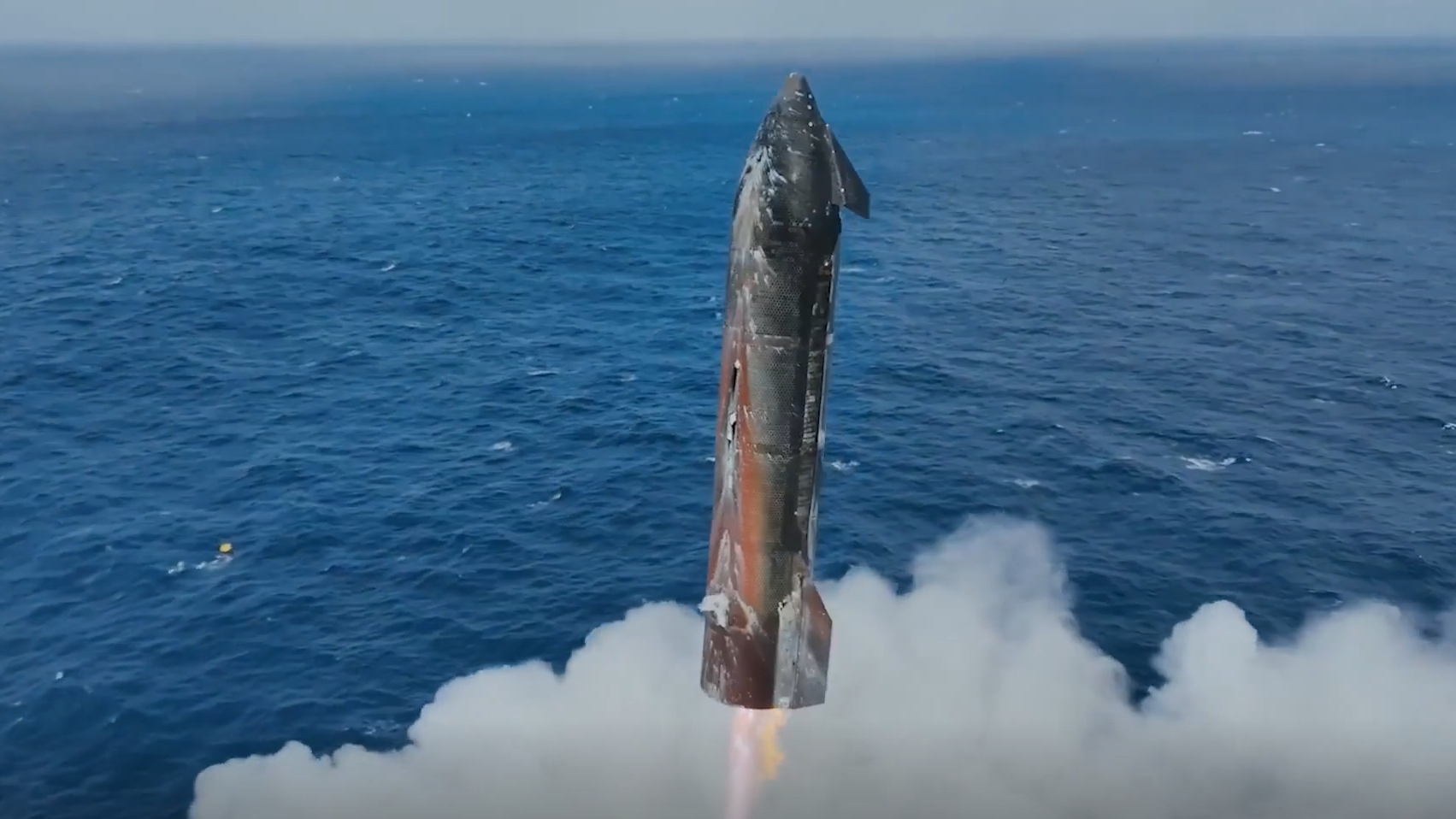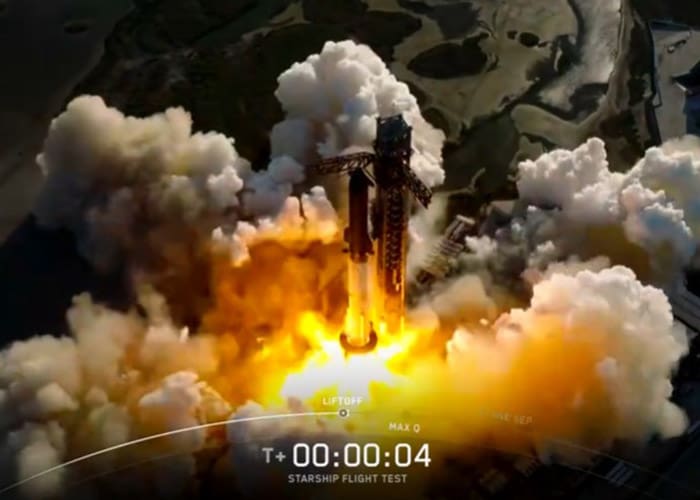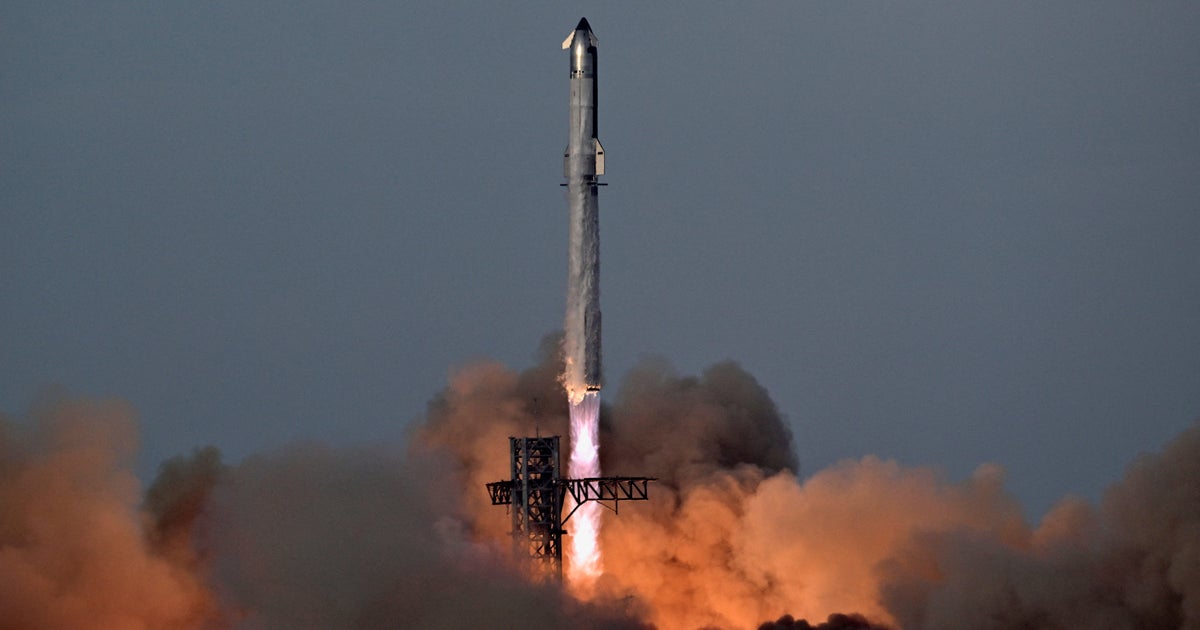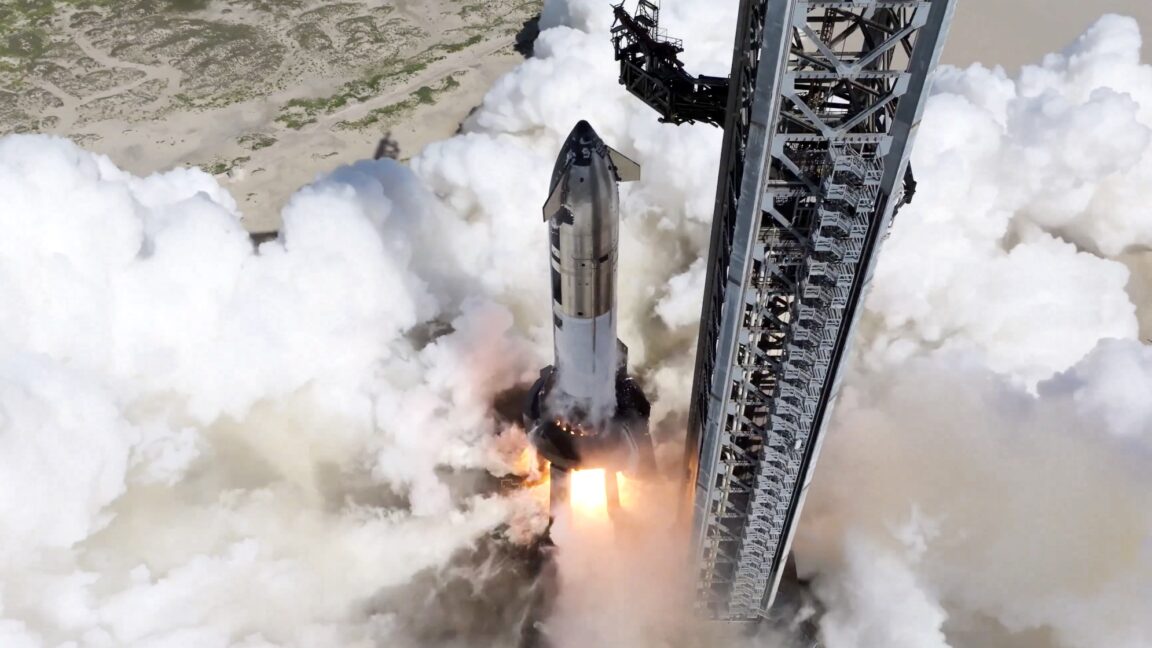Unbelievable Super Heavy Booster Maneuver: SpaceX's Precision Landing Burn
#spacex #starship #raptor_engines #rocket_technology #reusable_rockets
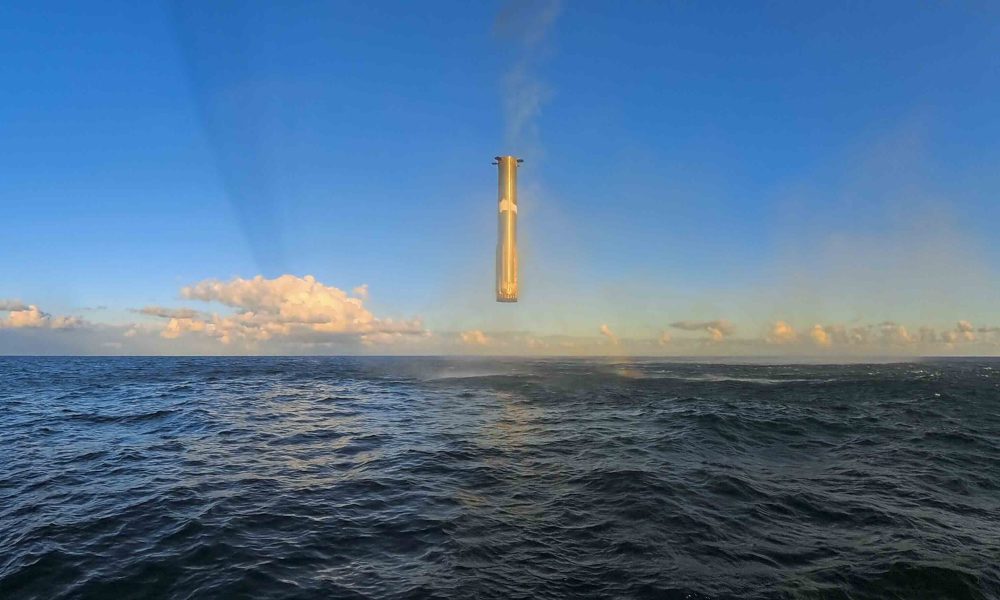
Unbelievable Super Heavy Booster Maneuver
SpaceX’s latest Starship flight test featured the Super Heavy booster performing a landing burn so precise and complex it seemed almost unreal, as if generated by artificial intelligence. The booster showcased a sophisticated engine ignition sequence, gradually throttling down from 13 engines to just three before hovering above the landing site, demonstrating remarkable control and finesse.
Technical Feat and Flight Details
This maneuver was part of the eleventh fully integrated Starship flight launched from Starbase, Texas, involving 24 flight-proven Raptor engines on the booster. After separation, the booster executed a controlled descent using grid fins and a unique boostback burn to cancel forward velocity, followed by the intricate landing burn sequence. Such precision highlights SpaceX’s evolving mastery over reusable rocket technology, pushing boundaries in spaceflight innovation.
Impact on Future Missions
This extraordinary achievement not only advances booster recovery techniques but also enhances rapid turnaround potential for Starship launches. With more precise control and reliability, SpaceX is paving the way for more ambitious missions, including orbital flights and satellite deployments, cementing Starship’s role in future space exploration.
About the Organizations Mentioned
SpaceX
SpaceX is a private aerospace manufacturer and space transportation company founded in 2002 by Elon Musk with the mission to revolutionize space technology and enable human life to become multiplanetary[3]. It designs, manufactures, and launches advanced rockets and spacecraft, pioneering reusable rocket technology to dramatically reduce the cost of access to space. One of SpaceX’s key achievements includes the development and operational success of the Falcon 9 and Falcon Heavy rockets, both featuring reusable first-stage boosters. This reusability has significantly lowered launch costs and increased reliability, enabling frequent commercial, scientific, and government missions. SpaceX has launched over 95 national security missions with these rockets, demonstrating maturity and trust from the U.S. Space Force and other agencies[2]. Another major milestone is the Starlink satellite constellation, with nearly 6,900 satellites currently in orbit as of 2025. Starlink aims to provide global broadband internet service, especially in underserved regions, making it one of the largest satellite constellations in history[1]. This ambitious project also serves as a revenue stream to fund SpaceX’s broader goals. Looking ahead, SpaceX is developing Starship, a next-generation fully and rapidly reusable super heavy-lift launch system designed to carry large payloads and humans to the Moon, Mars, and beyond. Elon Musk envisions Starship enabling mass transport to Mars, with the potential to launch multiple times a day, dramatically increasing total mass sent to orbit annually, far surpassing all previous space launch capabilities combined[1][2]. Pending environmental reviews, Starship’s first launch from Florida’s LC-39A is planned for late 2025[2]. Despite these advances, SpaceX remains privately held, with limited public insight into its financial health. Questions persist around the profitability of Falcon launches, Starlink operations, and future Starship missions, especially given the enormous funding required for Mars colonization[1]. Nonetheless, SpaceX continues to inspire both enthusiasm and debate in the business and technology
